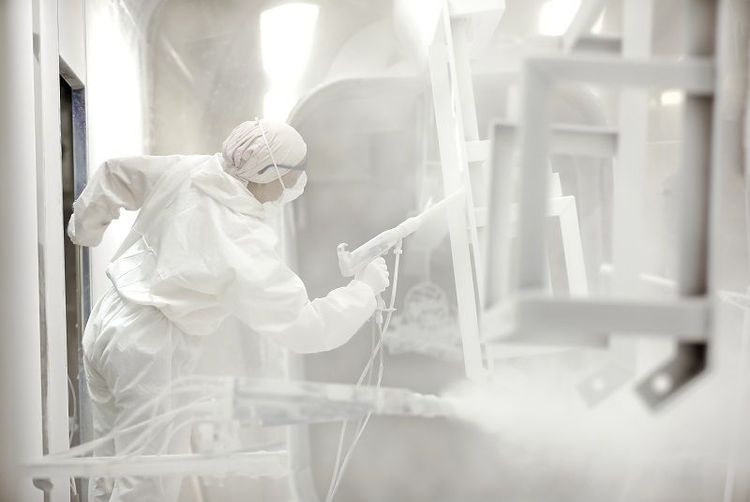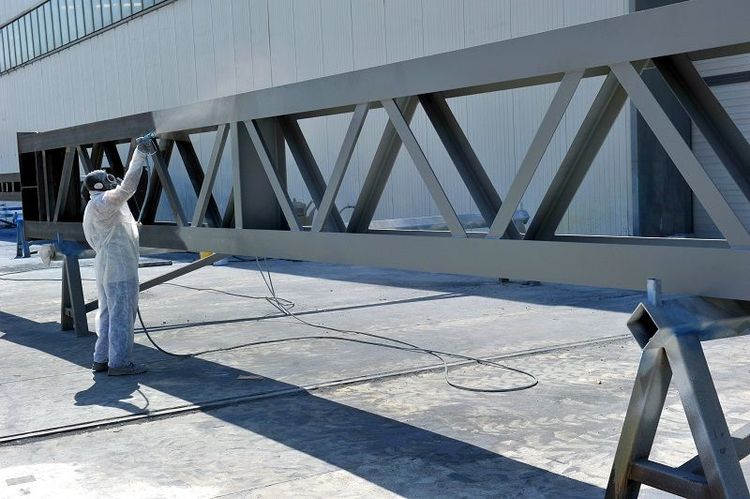5. UV Radiation
UV radiation from the sun can also impact your powder coat. UV radiation can cause the powder to fade and discolour over time, making it look dull and worn. This is particularly true for outdoor powder coatings, such as fencing, outdoor furniture, and automotive parts.
To protect your powder coat from UV radiation, you can apply a clear coat or topcoat that is designed to resist UV radiation. This will help to prevent the powder from fading and discolouring over time. You can also store items that have been powder coated in a shaded area to avoid exposure to direct sunlight.
How to prepare steel surfaces for powder coating that lasts
Like any coating, powder coating can be affected by harmful weather conditions if it is not appropriately protected. Here are some steps that you can take to prevent steel's powder coat from harmful weather conditions:
1. Prepare the surface: Proper surface preparation is crucial to ensure the powder coating adheres well to the steel and forms a strong bond. The surface should be cleaned thoroughly to remove contaminants such as dirt, grease, or rust. You can use a degreaser, a rust remover, or a sandblaster to prepare the surface.
2. Apply a corrosion-resistant primer: Using a corrosion-resistant primer to the steel before applying the powder coating. This can help to protect the steel from rust and corrosion and provide an extra layer of protection against harmful weather conditions.
3. Apply the powder coating correctly: To ensure a durable and long-lasting finish, it is crucial to apply it correctly. The powder should be applied evenly and controlled, using the recommended coating thickness and curing temperature. The curing process should be done clean and controlled to prevent contamination.
4. Choose a suitable location for application: When applying powder coating to steel, choosing a suitable location protected from harmful weather conditions is essential. The location should be sheltered from direct sunlight, rain, wind, and other environmental factors that can affect the curing process and the quality of the finish.
5. Apply a protective topcoat: To provide additional protection against harmful weather conditions, you can apply a clear coat or topcoat over the powder coating. This can help protect the powder coating from fading, discoloration, and other weather-related damage.
6. Regular maintenance: To ensure that the powder coating remains in good condition and protected from harmful weather conditions, it is important to perform regular maintenance. This can include cleaning the surface regularly, inspecting for damage, and performing necessary touch-up repairs.
In conclusion, preventing steel powder coats from harmful weather conditions requires proper surface preparation, application of a corrosion-resistant primer, adequate application of the powder coating, choosing a suitable location for application, applying a protective topcoat, and regular maintenance. By taking these steps, you can ensure that your powder coating is well-protected and remains in good condition for many years.






 +91 7208055523
+91 7208055523
 Help & support
Help & support
